Einleitung
Hip and trendy home automation startup Nest Labs has dumped some smarts into the dumbest device in your home: the smoke alarm. Curious about just what goes into this sort of thing, we did what we do best: took one apart.
Need more electronic monitoring than this teardown, or a Nest system, can offer? Follow our Twitter updates, Facebook posts, and Instagram snaps for full coverage.
-
-
Welcome to the world, Nest Protect. Perhaps you will vanquish the ear melting, banshee cry of the over-excited smoke detectors installed in every home we've ever cooked in. Let's see what you're packing:
-
Available with 6 AA Energizer Ultimate Lithium batteries or Wired for 120 V
-
Wi-Fi connectivity and wireless mesh networking with other Nest units
-
Photoelectric smoke sensor and carbon monoxide sensor
-
Heat and humidity sensors
-
Three activity sensors
-
Ambient light sensor
-
-
-
The Nest Protect comes with a choice of power supply: battery or 120 V powered model.
-
Our battery powered detector claims its six AA Energizer Ultimate Lithium batteries have juice for "multi-year operation."
-
-
-
First stop: pop the top off the Nest button, the combination input switch and multi-colored sweeping light.
-
An ambient light sensor sits in the center of the button, with lenses in the translucent cover to increase its viewing angle.
-
A ring of RGB LEDs surround the sensor to make up the Protect's indicator glow:
-
White for the automatic night light
-
Reassuring green to indicate all's clear
-
Yellow for an early warning
-
Red for a get-out-of-town emergency
-
-
-
We pull out the impressive-for-a-smoke-detector main board, and the optical smoke detector is front and center, safely under its baffled shield.
-
As smoke enters the baffled chamber above the sensor, infrared light from the LED is scattered and reflected down into the photodiode, triggering the alarm. This sort of arrangement is standard practice for smoke detectors.
-
But applying the Nest Labs touch means adding all sorts of extra features for handling the alarm, like sending a notification to your smartphone that your house is on fire. Neat.
-
-
-
A little further into the device, and we find the CO detector, disguised as a capacitor in a tiny metal barn.
-
The Figaro TGS5342 electrochemical carbon monoxide detector works like a little fuel cell—the presence of carbon monoxide drives a chemical reaction that generates current proportional to the CO concentration in the air.
-
The detector's measuring circuitry is on the reverse side of the main board, encased in some clear adhesive—likely to protect it against shock and the atmosphere.
-
-
-
If a fire or CO leak is detected, an 85 dB horn raises the alarm while a separate speaker tells you to exit the building in the talking-bomb-countdown-timer voice.
-
Straight and angled motion sensors catch your waving arm when you want to silence a false alarm from cooking smoke or a steamy shower.
-
-
-
Down now to the heart of the brain (Just ponder that metaphor for a moment. Done? Wonderful, let’s move on). A quick look at the noteworthy integrated circuits running the Nest Protect:
-
Freescale SCK60DN512VLL10 custom Kinetis K60 low-power 100 MHz MCU
-
Silicon Labs EM357 Ember Zigbee SoC
-
Freescale SCKL16Z128V custom Kinetis KL1x general purpose MCU
-
Texas Instruments LM324A quadruple op-amp
-
Murata Type ZX 2.4 GHz Wi-Fi 802.11b/g/n module (with Broadcom BCM43362 chipset)
-
Texas Instruments TPS62737 Step-Down Buck Converter
-
-
-
The Nest Protect is straight-forward and easy to disassemble. Common screw types, user-accessible batteries, and a simple design make it a very solid, repairable product.
-
That said, we won't be assigning a repairability score, considering you probably shouldn't do anything more than replace the batteries in your Nest Protect.
-
17 Kommentare
Any clue to what the 3rd wire on the socket is for? They only provide a two wire harness. My guess is related to the alarm integration -- possibly able to be used as an interconnect to existing alarms (if a 9V signal), too?
This is a nice clean product! I like it! : ) Thanks for the teardown iFixIt!
Jonathan -
And uses ninety six batteries lol

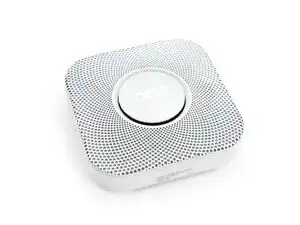
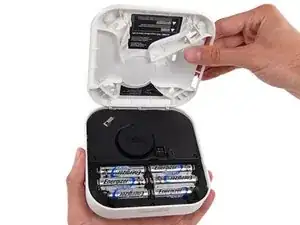
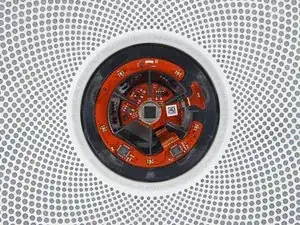

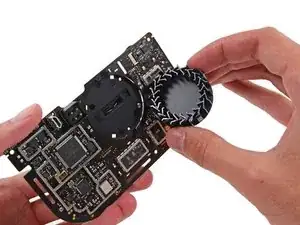
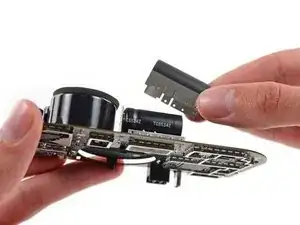
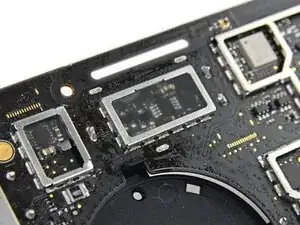
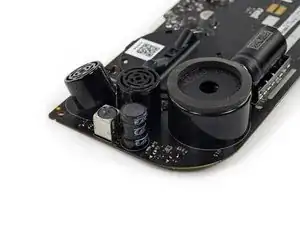
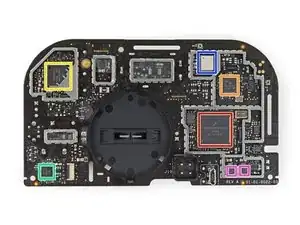
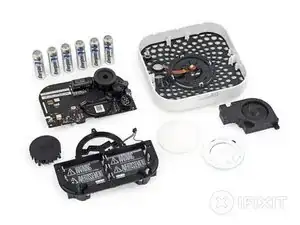
where is three activity sensors?
sjh835170 -